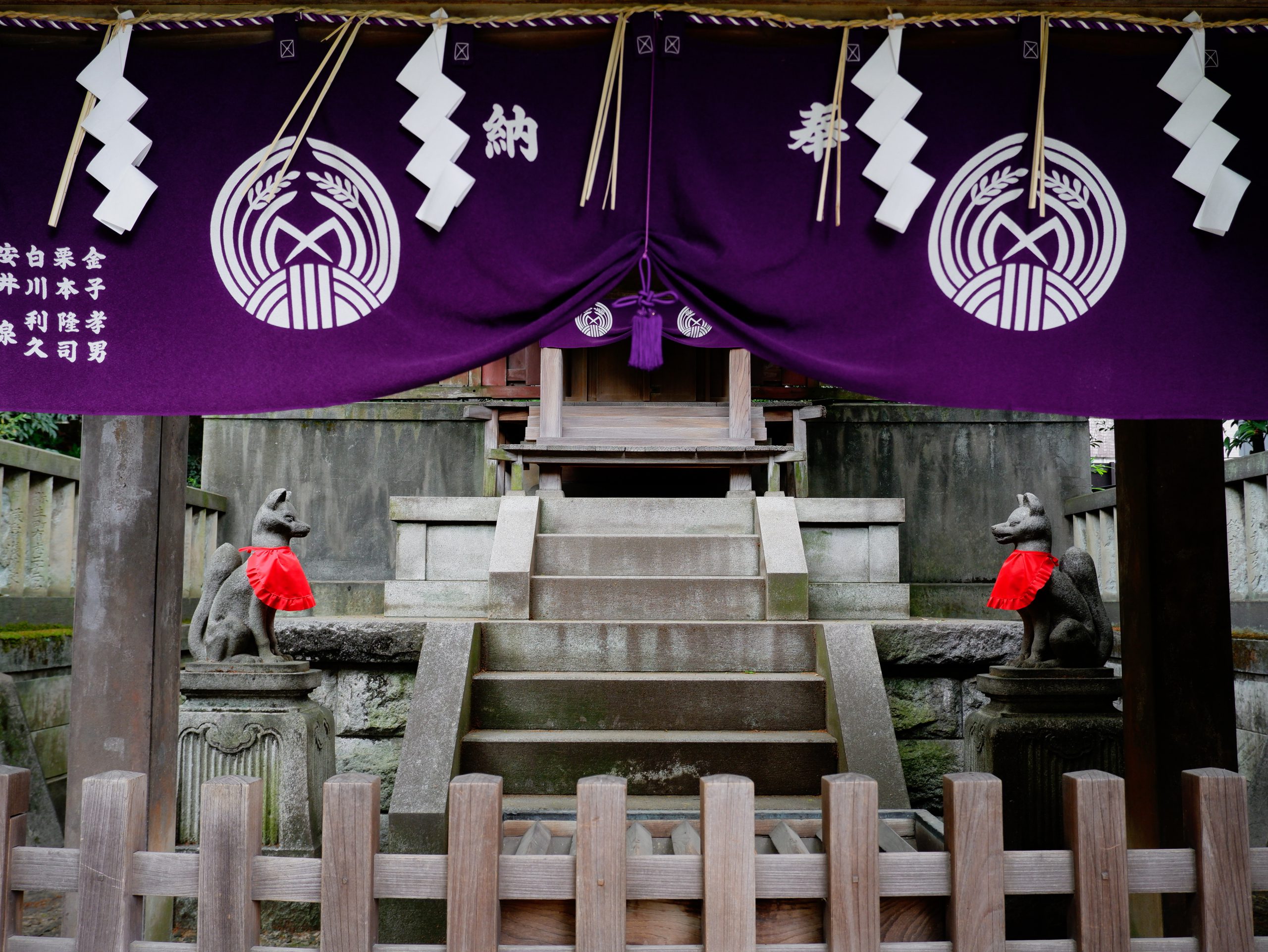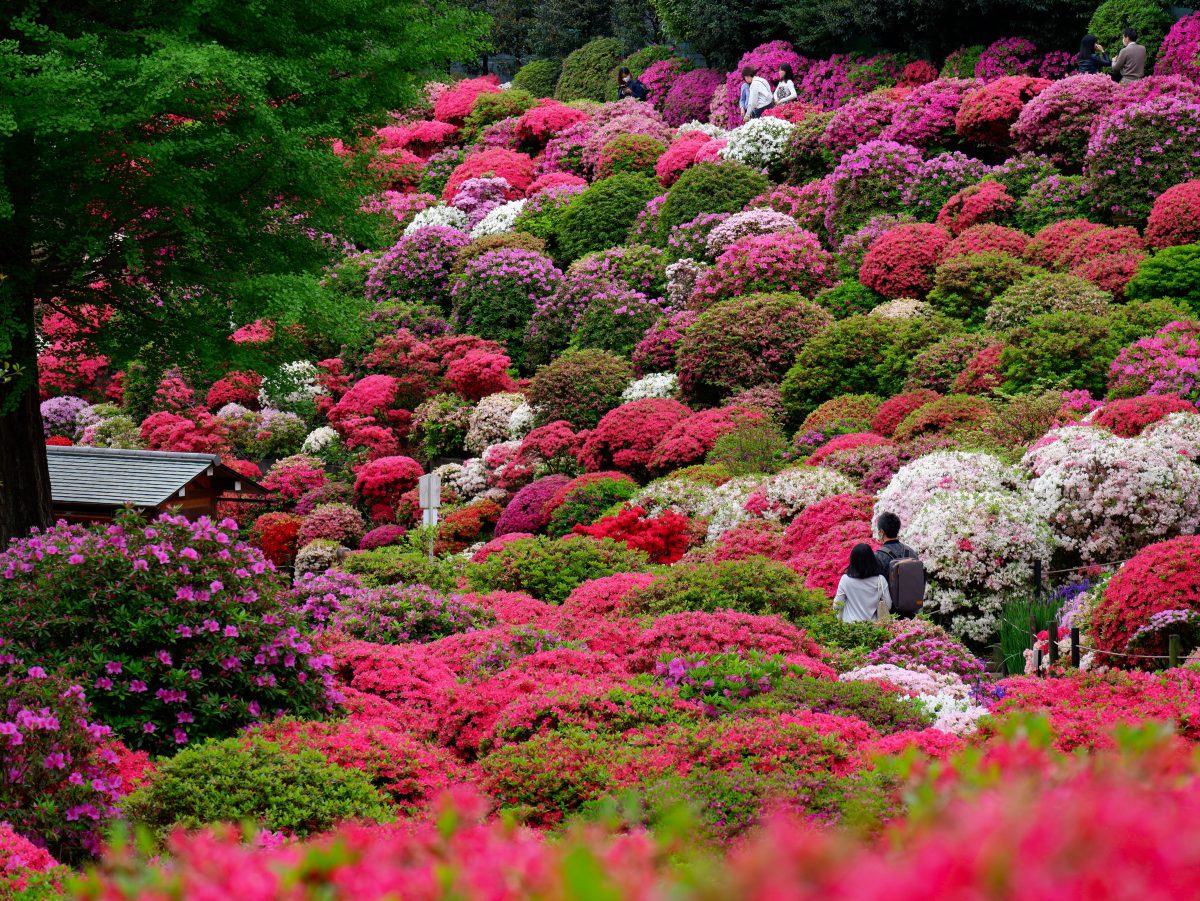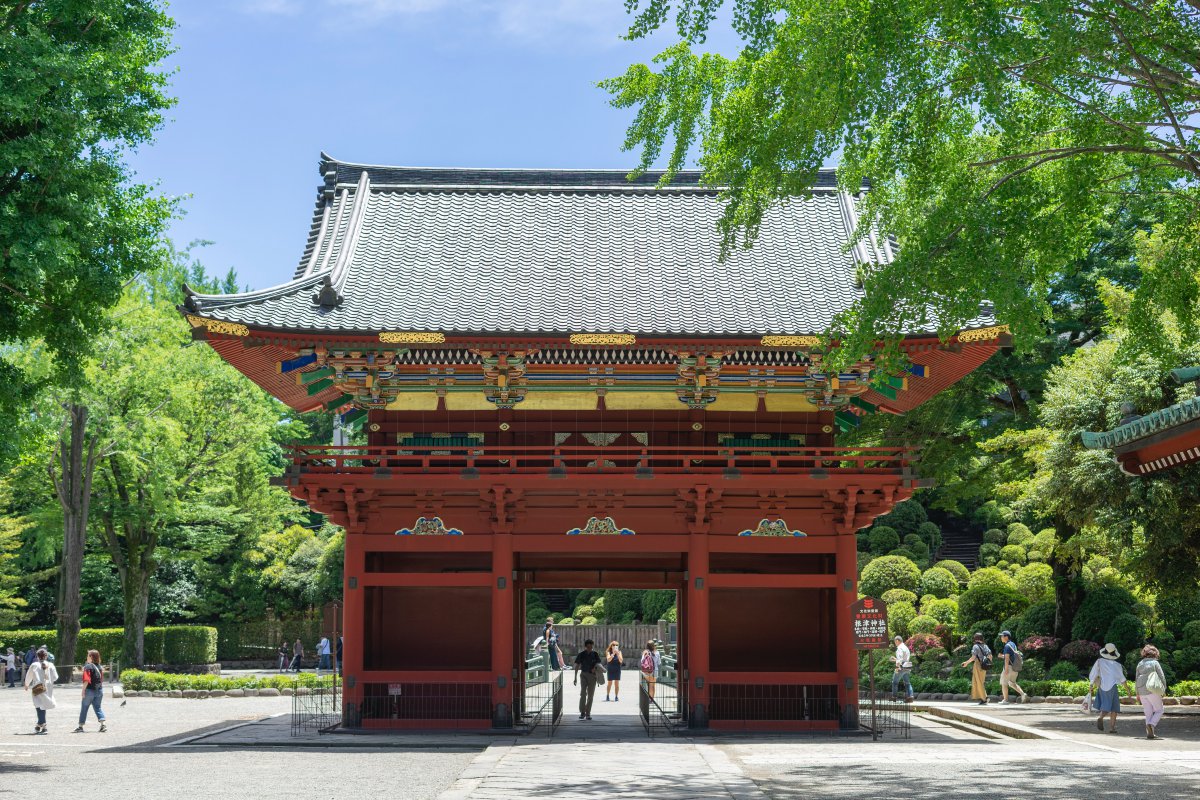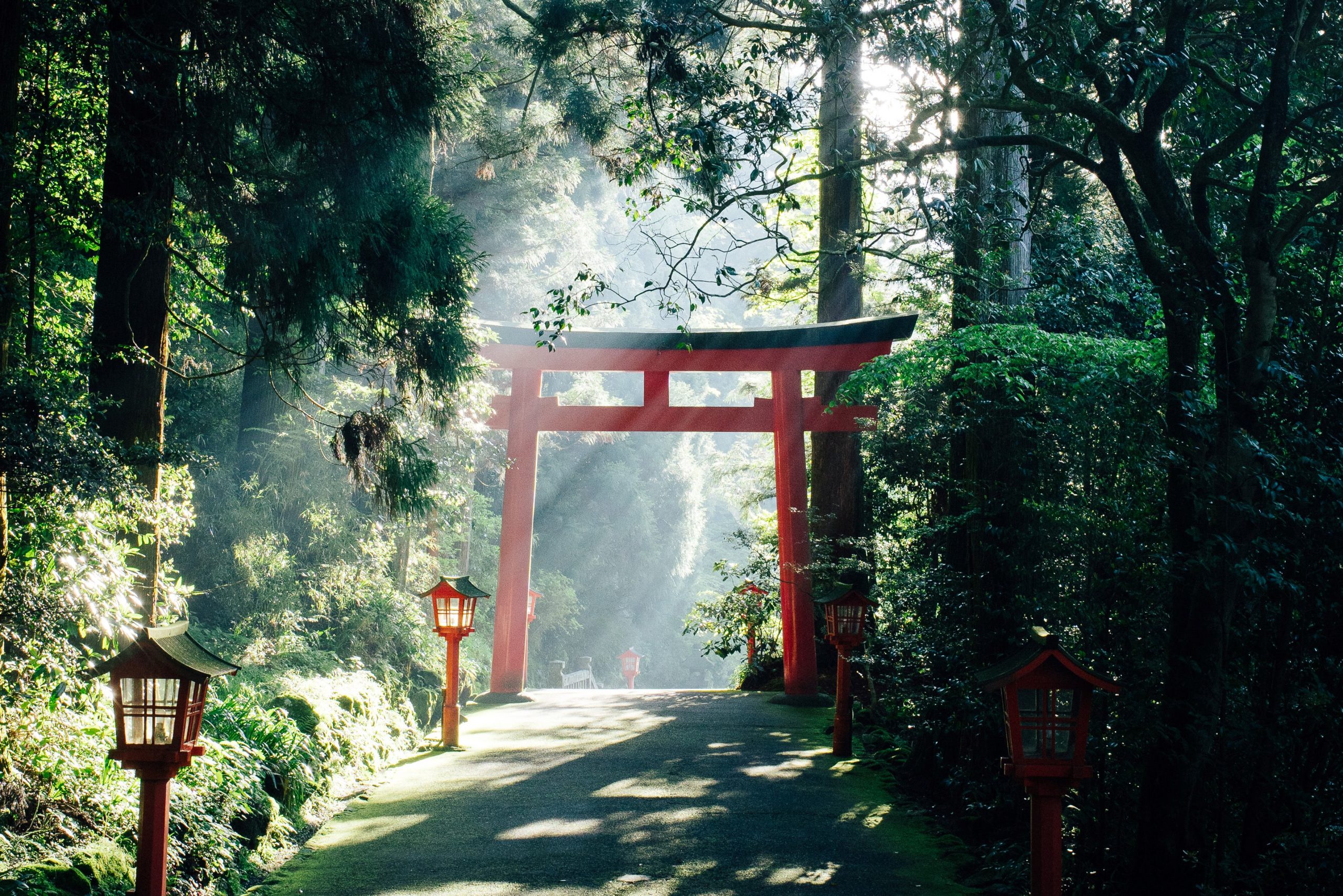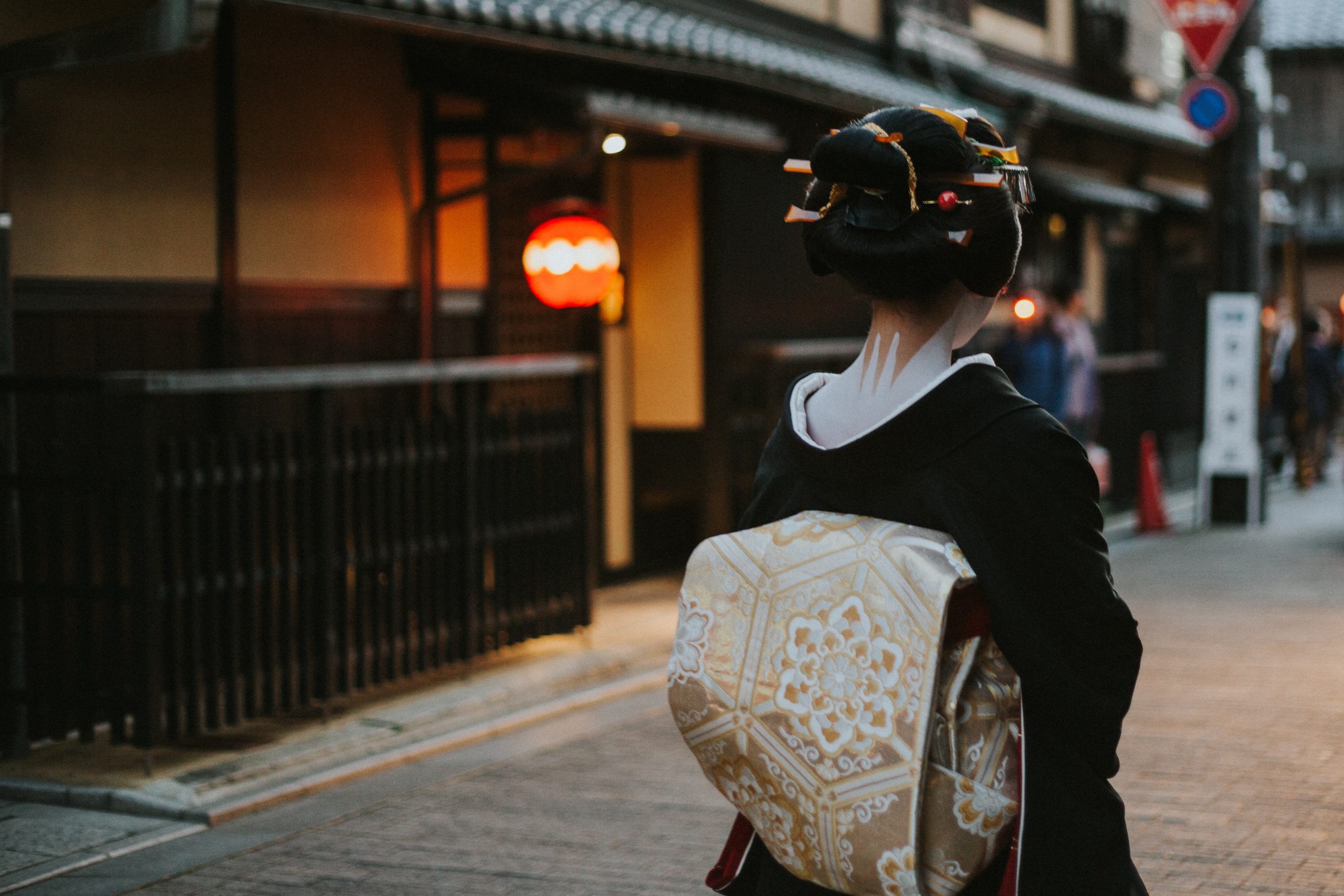Although Tokyo is the capital of Japan, it’s largely understood that it’s not the center of Japanese culture. As a modern multicultural city, visitors often prefer shopping or visiting the latest attraction rather than experiencing a tea ceremony. In fact, people are often told to go to Kyoto or Kanazawa to get an authentic view of Japanese culture. Despite the numerous tall buildings and budding the Tokyo nightlife has a lot to offer for those who want to experience authentic Japanese culture, you just have to know where to look. In this article, we’ll introduce several places around the Tokyo area where you’ll be able to experience the authentic tradition of Japan.
Discover Japanese history around Tokyo
Nezu Shrine
Kyoto isn’t the only place famous for the tunnel of vermillion torii gates. In Tokyo, this gorgeous view of senbon torii— thousand torii gates belongs to Nezu shrine (根津神社). Nezu shrine is a Shinto shrine located in Bunkyo ward near Ueno park. It was originally founded in 1705, during the Edo period and it’s one of the oldest shrines in Japan. Although it’s not as large as Meiji shrine, the area is very big luscious green all around. The shrine is best known for its Azalea festival which is held on its site from early April until early May. Azaleas bloom in pink, red, and white on its spacious hillside garden.
Hours: 9am-5pm
Fee: Free
Hokokuji Temple and the Bamboo Forest
Just outside of Tokyo city in Kamakura, visitors can walk through a bamboo forest similar to the bamboo forest in Arashiyama. Located at Hokokuji temple, it oversees the bamboo forest. It’s a little challenging to get to without a car. It requires taking a 10-minute bus trip or a 30-minute walk through a residential area. The forest is made up of over 2,000 Moso-bamboo trees. About two-thirds of the way through the bamboo forest, you’ll find the Kyukoan, where you can enjoy a cup of green tea while looking out into the forest. Cherry blossom season in late March, early April is the perfect time to visit as the cherry blossoms fill the city.
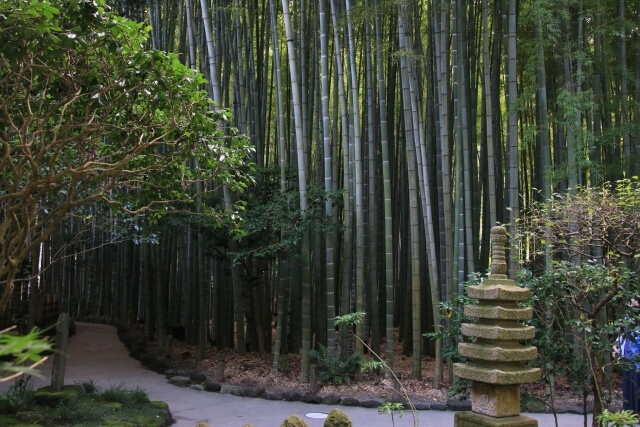
Hours: 9am-4pm
Fee: 200 yen, 700 yen with tea
Sawara Townscape
The term koedo is used often in Japan to describe towns that still have the atmosphere of Edo Japan (1603-1867). Sawara in Chiba prefecture was known as a merchant town and base for water way transportation. The canals that run through the town are exactly the same as they were 200 years ago. The traditional landscape features rows of misegura (stores built like warehouses with walls covered in mud) and dozo (mud-walled warehouses). The most popular area is the historical district where visitors can see a number of beautiful bridges. The area is perfect for strolling through the restaurants to try the local delicacies like unagi, soba, and tsukudani (food boiled in sweetened soy sauce). The best times to visit are during July and October for the Sawara festivals. The floats are topped with dolls representing warriors and heroes of the town.
Historical Kawagoe
Another koedo town, this time located in Saitama prefecture . It’s only 30 minutes away from central Tokyo by train making it a great destination for a day trip. It’s main street is lined with kurazukuri (clay-walled warehouse styled) buildings, which helps it keep the ambiance of the Edo period. During the Edo period Kawagoe prospered as a supplier of commodities to Tokyo. Since it was such an important city to the capital for trade and strategic purposes, the shogun installed some of their most loyal men as lords of Kawagoe castle. Stroll through the streets and try some traditional Japanese snacks or even have a meal at an authentic ryotei.
Kawagoe has many seasonal events. During sakura season visitors can take a cherry blossom boat tour as part of the spring festival. Towards the end of July there’s the Kawagoe Million Lights Summer Festival where the town brings out hundreds of lanterns to hang lighting up the night sky.
Great Buddha in Kotoku-in Temple
The iconic daibutsu (great Buddha) statues was no small feat to build back in the 13th century. Similar to the daibutsu statue housed at Nara’s Todai-ji Temple, the Kamakura Buddha towers at approximately 44 feet and is a representation of Amida Buddha. You can enter inside the hollow body of the statue for a small fee but beware the inside can reach sweltering temperatures in the summertime. It takes about an hour from central Tokyo to reach Kamakura. However from Hase station it’s only a 10 minute walk to the temple. The best time to visit the temple is in the spring during cherry blossom season, as the flowers create a perfect backdrop for pictures.
Fee: 300 yen
Meguro River
Meguro river is one of the most iconic rivers in Tokyo. Much like the Philosopher’s Path in Kyoto, Meguro river offers a similar view of beautiful trees aligning the walkway. Located in the Nakameguro area, there are just over 800 cherry trees lined 8km length of the riverbank. Branches tend to overhang across the river, allowing petals to fall in and create a beautiful vision of white and pink. When the sun goes down, paper lanterns strung along the come on during the Nakameguro Sakura festival. Bands of locals come together to celebrate spring with beer and beneath the trees.
Experience tradition in Tokyo
Tea Ceremonies
Tokyo might not be the first place you think of for a full on tea ceremony, but there are some areas in the city that cater to the experience. Tea ceremonies have a very formalized order of progression, including how and when to pass the cup, rotate it, sip and eat the accompanying traditional sweets. Some popular places for tea ceremonies in Tokyo are Komaba Warakuan in Shibuya and Chazen in Ginza. You can also join the authentic tea ceremony experience guided by a tea master in Setagaya.
Try Ikebana
Ikebana also known as kado is the traditional Japanese art of flower arrangement. Although it takes years of training to become an ikebana master, experiences are still available to those interested in the ancient art form. Two of the most famous Japanese ikebana schools Ohara and Sogetsu offer introductory courses in English and can be found right in Tokyo. Ohara-ryu Kaikan is in Omotesando while the Sogetsu Kaikan is between Aoyama Itchome and Akasaka Mitsuke stations.
See Sumo
Tokyo’s Ryogoku is one of the biggest destinations of the city where you can see and maybe experience sumo. Sumo is a Japanese style of wrestling and originated as a performance to entertain Shinto deities. There are only six Grand Sumo tournaments throughout the year. If you’re up for a challenge you can even experience a sumo lesson with an actual wrestler. Be sure to eat light in the morning.
Tokyo might be the center of technology and innovation in Japan but there are still lots of ways to experience traditional culture in the area. It’s nice to see that even as Tokyo changes it still holds onto its roots. Are there any traditional experiences you’d like to try in Tokyo? Leave a comment below.
Japan Wonder Travel Tours
Japan Wonder Travel is a travel agency offering guided tours in Japan.
From private walking tours to delicious Food and Drink tours, we will organize the best tours for you!
If you want to explore around Japan to learn more histories and backstories of the area, our knowledgeable and friendly guide will happily take you to the best spots!
Also, we can provide you with any assistance for your upcoming trip in Japan, so please feel free to contact us if you have any questions/need some help!
- Tokyo 1-Day Highlights Private Walking Tour (8 hours)
- Yanaka Shitamachi Backstreet Spot Tour
- Sushi Making Experience + Tsukiji Fish Market Tour
Follow us on Instagram, Facebook and Twitter for more travel inspiration. Or tag us to get featured!
Happy travelling!
Stay informed of the best travel tips to Japan, the most exciting things to do and see, and the top experiences to have with the Japan Wonder Travel Newsletter. Every week we will introduce you to our latest content.
Other articles you might like
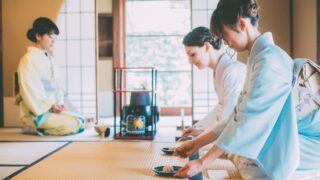



Jamila Brown is a five-year resident of Japan, teaching in the day and writing at night. She enjoys movies, reading, cosplaying, and eating good food in her downtime.
This post may contain some affiliate links. When you click through and make a purchase we may receive some commission, at no extra costs to you.
